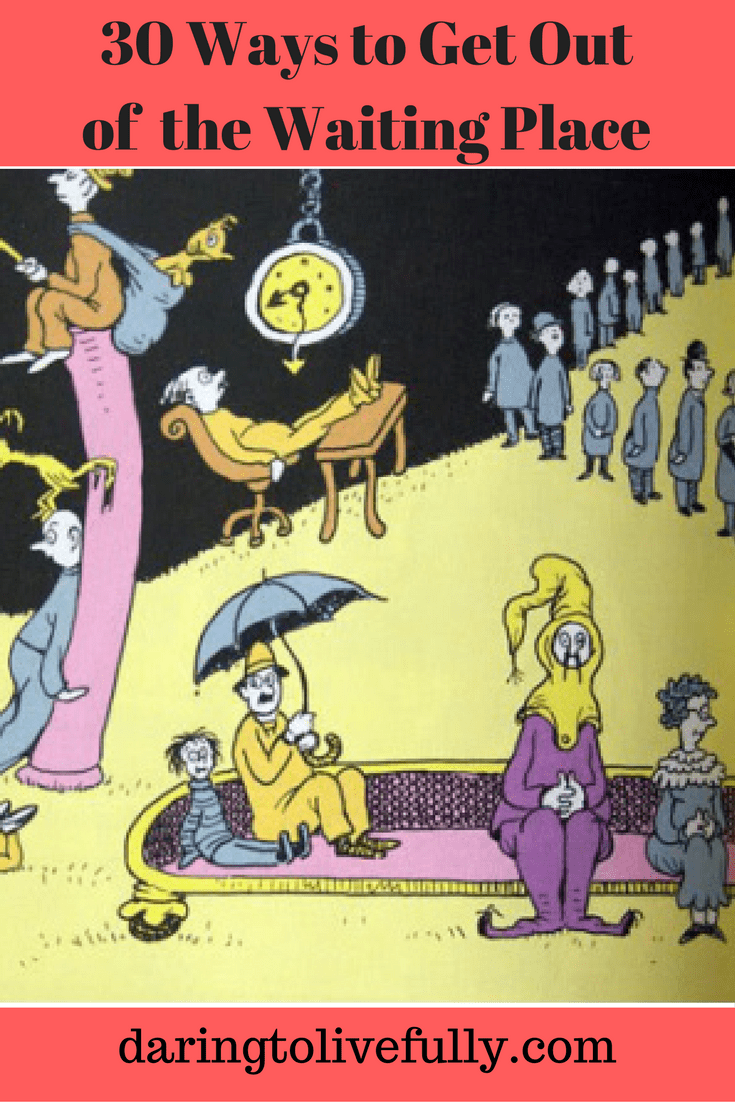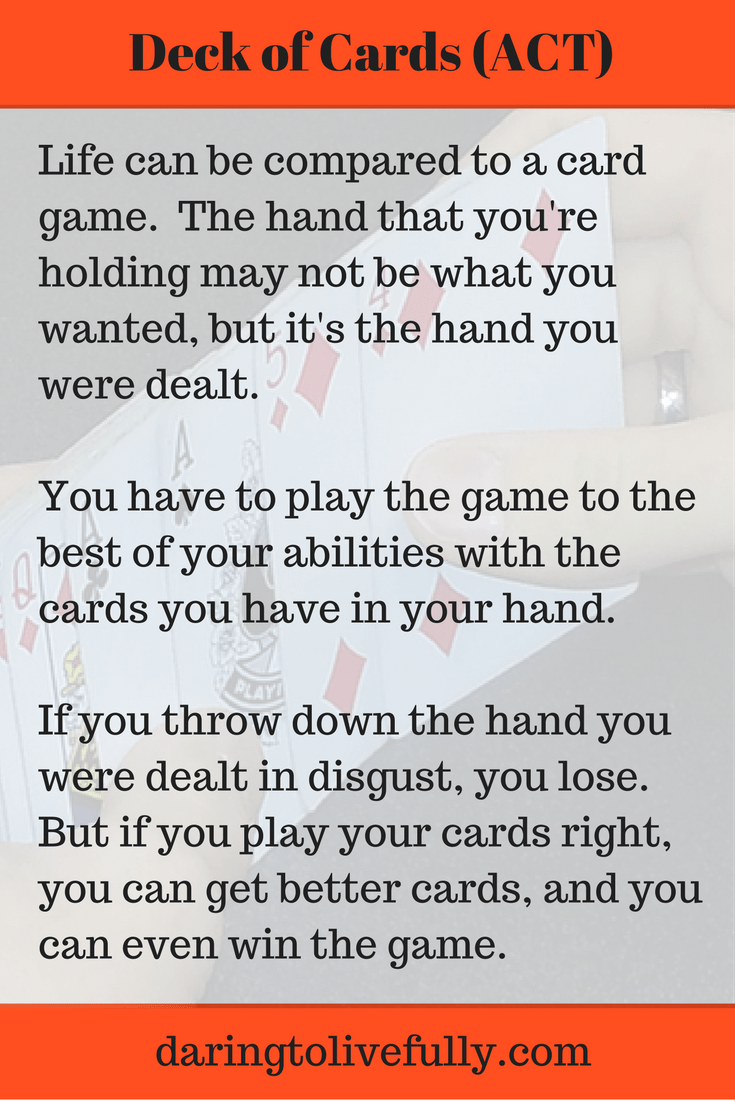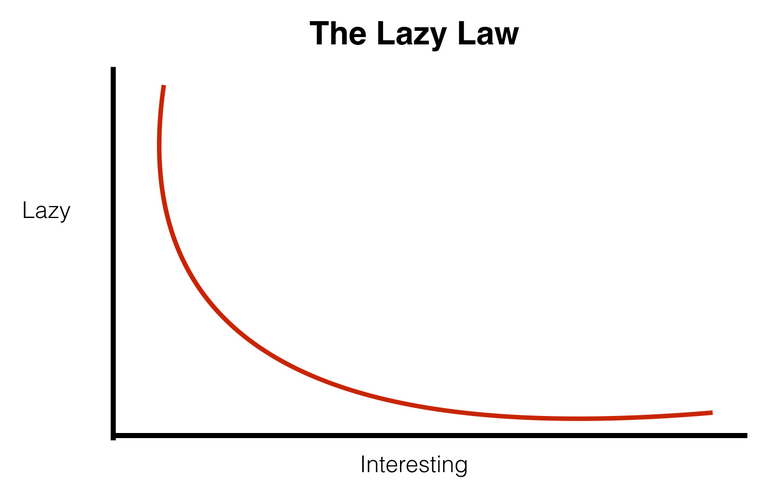
Use design thinking to build a better future for yourself.
Bill Burnett and Dave Evans are the authors of Designing Your Life: How to Build a Well-Lived, Joyful Life, a book based on a course of the same name that they teach at Stanford University (the school’s “most popular class,” according to Fast Company magazine).
Both the book and the course are meant to help people apply the principles of design thinking— a strategy for improving on a product or experience — to their personal and professional lives.
 Design thinking is a problem-solving framework that utilizes empathetic, creative, and analytical skills to solve problems. Normally, designers deal with problems such as the following:
Design thinking is a problem-solving framework that utilizes empathetic, creative, and analytical skills to solve problems. Normally, designers deal with problems such as the following:
- A business looking for its next big idea (create a new product or service).
- A government organization trying to get people to conserve energy or water (solve a social problem).
- A technology company that wants a user-friendly design for one of its gadgets (meet a consumer need).
However, design thinking can also be used to solve personal problems, and to design and build your future. Below you’ll find an overview of design thinking, and then you’ll discover how to apply design thinking to your life.
An Overview of Design Thinking
The design thinking process involves five steps. These five steps are the following:
1. Empathize.
Design thinking puts people and their needs first. Therefore, the first step of the process is to understand the problem from the perspective of the end-user.
You’re trying to understand the way the consumer does things and why, their needs, and what is meaningful to them. The way to learn about the end-user is through observation and interviews (conversations and engagement). It’s a very hands-on experience.
2. Define.
With the information gathered during the “empathize” phase, the problem solver is better equipped to determine what the real problem or challenge is. During the “define” stage, the needs and the insights that were uncovered in the previous step are catalogued and inventoried and the true problem emerges.
It’s important to keep in mind that framing the right problem is the only way to create the right solution. The “define” step is concluded once a problem statement has been drafted.
3. Ideate.
In this step the problem solver uses a creative mindset to generate as many ideas as possible to solve the problem, without the constraint of existing solutions. The objective isn’t to try to find the “right” answer–which is something that doesn’t exist. Instead, many possibilities and alternatives are explored.
Some of the tools available for ideation include brainstorming, mind mapping, doodling, and so on. Nothing is off limits. After all, once you adopt the designer mindset you know that “you choose better if you choose from a lot of ideas”.
4. Prototyping.
Because design thinkers learn by doing, and they build their way forward, the best ideas from the “ideate” stage are chosen to be turned into simple prototypes (pick between three and five ideas to prototype). That is, a physical or tangible solution is created.
One of the key elements of this step is speed. The idea isn’t to come up with something perfect, but something that you can test quickly. The objective in this step is to get the ideas out there even before the problem solver might think they’re ready, and to fail quickly and cheaply.
5. Test.
Once you have your prototypes, go out into the real world and test them. Accept that failure is part of the design thinking process. In fact, your goal at the testing stage isn’t to be told that your prototypes are a success, but to get feedback so that you can make adjustments and refinements and build a better prototype.
The process of ideate, prototype, and test is repeated until the prototype meets the needs of the end user. Indeed, you can go through the entire process from the first step to the last step several times. Iteration is a fundamental part of design thinking. Here’s an image of the process:

How to Apply Design Thinking to Your Life
Now let’s get going on applying design thinking to your life. We’re going to do this by using Bill and Dave’s book, and their workshops as guides. The emphasis will be mainly on jobs and careers, because that’s what a majority of us spend most of our lives doing. However, keep in mind that design thinking can be applied to the improvement of any life area.
Here’s the question that Bill and Dave start off with: Can we apply design thinking to the “wicked problem” of designing your job, your career, and even your life? They argue that you can.
A wicked problem is a big, ambiguous problem that is poorly defined, and poorly bounded. That sounds a lot like the problem of finding work you love—that is, the problem of designing your way to the future you want to have.
When people ask for help in identifying which career path to pursue, they’re often told to identify their passion. However, Bill and Dave argue that this is the wrong approach. This is because studies show that only 20% of the population can identify a singular passion.
The other 80% of the population is either passionate about many different things, or there’s no one thing that rises to the level of “that’s what I want to do for the rest of my life”. For that 80%, passion isn’t something that they have or find, but something that they work into.
That is, these people should try something new out, see how it’s working, tweak it, and experiment further. And that’s what design thinking is all about. Building a future with design thinking means taking an improvisational view of life, and moving forward by “wayfinding”.
Steps to Follow to Apply Design Thinking to Design Your Career
Here are the steps you should follow in order to apply design thinking to design your job or career:
1. Keep a Good Time Journal.
Let’s assume that you’re feeling unfulfilled at work. In order to determine how to improve this situation, start keeping a “Good Time Journal”. You’re going to keep track of your daily activities for a week to determine which activities you enjoy the most. Ask yourself questions like the following:
- When do you feel completely involved in the activity you’re carrying out? When are you most mindful?
- Which activities make you happy?
- When are you working at your peak level?
- Which activities make you feel calm and serene?
- When do you feel that you’re in the state of flow?
- What are you doing when you feel the most animated and the most present?
Then, use the rest of the design thinking process to redesign your current or next gig so you do more of what you love.
2. Track Your Energy.
Some activities are energizing, while others are energy draining. Log your major activities for a few weeks and note how energized each activity makes you feel. As with the previous exercise, the purpose of this exercise is to notice how your activities affect you. Going through your log will give you ideas on how to improve your routines.
3. Create Three Odyssey Plans.
In this exercise, you’re going to think of several scenarios, or paths, for the next five years of your life. These are trajectories which you could realistically pursue. Look at the following:
- One scenario is your current life if it simply continues as it is.
- The second scenario is what you would do if your current life were suddenly gone.
- For more scenarios, think of what you may want to do with your life. The truth is that most people don’t know what they want, so simply create several different scenarios involving different alternatives that sound interesting to you. Have you ever considered selling all of your possessions and traveling around the world? Did you think you may want to become a lawyer at any point in your life? Has becoming a chef ever crossed your mind?
Include not just career but also personal goals in your Odyssey Plan, such as writing a novel, traveling to South America, learning to play an instrument, and so on.
The point of this exercise is to realize that your life could go in many different directions, and you could be happy in each one. That is, there isn’t one perfect path for you, so stop thinking that if you made a wrong turn somewhere you’ll never lead your “ideal life”.
4. Define Your Problem.
The three exercises you completed in steps 1 to 3 above gave you more information about yourself and your life—who you are and what you want. Now you’re going to take that information to define your problem. Here are some ways you could define your problem:
- How can I rework my day so I can do more of what makes me happy and less of what I dislike doing?
- How can I do more things throughout my day that are more energy positive?
- What does my job need more of so that I can feel more fulfilled?
- Which skills should I learn to start moving in a new direction?
- What do I want to do next?
- Looking honestly at my circumstances, what room do I have to maneuver?
- Now that I’ve examined the way things are, how can I make them better?
- How can I create the next version of myself?
- What do I most need to change?
- How can I reinvent myself?
5. Ideate.
There’s a difference between navigation and wayfinding. Navigation is when you know your destination and then you plan and follow a route to get there. That is, since you know your exact destination, there are explicit directions you can follow to get there.
The problem with designing your life is that you don’t know exactly where you’re going. You may just have a general idea of “I like this kind of stuff” and “I don’t like that kind of stuff”, and the kind of things that give you energy as opposed to draining you of energy. But not much more than that.
When you know that you want to go somewhere, but you’re not exactly sure where, you use a process called wayfinding. This is the way hunters find game in the wild. Here’s the process:
- There’s an antelope or a deer out there, but the hunters don’t know where.
- However, they know how to track for it.
- So, they go around from point to point looking for clues that will direct them toward the animal.
- Each clue that they find leads them to the next one.
- They move forward in this way–from clue to clue–until they find the animal that they’re looking for.
When you ideate, you come up with possibilities or alternatives to begin wayfinding by using idea generation techniques such as brainstorming. Then, you choose the best ideas you come up with and begin prototyping and testing those ideas.
6. Prototype and Test.
A prototype is a quick, cheap experience that’s readily available that will allow you to learn something you don’t know in relation to the problem that you’re trying to solve.
Instead of just endlessly analyzing things in your head or on paper, you’re getting out there fast and trying something in order to learn. That is, the idea is to build your way forward by doing small experiments, or prototypes.
Think about software designers. They’re always releasing programs with minimal features in order to get feedback as fast possible. This lets them know whether what they’re building is something that the market wants. If so, they keep building prototypes until they’ve built something that sells well.
You should do the same thing: send your ideas out into the world and see how they perform. In other words, test them. Then, come back, iterate, and send something else out into the world to see how it does.
As an illustration, if you’re thinking of going to law school to become a lawyer you can do things such as the following:
- Ask someone who’s currently going to law school out for coffee and pick their brain
- See if you can sit in on a law school class.
- Interview someone who’s a lawyer.
- Go to a courthouse and observe a trial.
- See if you can shadow a lawyer for a day.
- Take a law-related MOOC (massive online open course).
- Sit outside a courthouse or a large law firm and take photos of people walking in and out.
Continue prototyping, testing, and making adjustments until you’re happy with the results. That is, until you’re sure that you want to be a lawyer, or you’ve decided that the law just isn’t for you.
Conclusion
I was really excited when I came across the idea of applying design thinking to life design. I already know how I’m going to apply design thinking in my life. How about you? Live your best life by using design thinking to create your future.





Related Posts:
- 16 Personal Development Goals That Will Make You Happier and Sexier
- 16 Ways to Create a Life That Rocks
- 12 Things to Stop Doing If You Want to Be Happy
- How to Create a Personal Development Plan
Did you enjoy this article? Subscribe to “Daring to Live Fully” by clicking here and get free updates.




















 Marelisa Fabrega is a lawyer and entrepreneur. She holds a Bachelor of Science in Business Administration from Georgetown University in Washington, D.C., as well as a Juris Doctor from the Georgetown University Law Center. You can learn more about her
Marelisa Fabrega is a lawyer and entrepreneur. She holds a Bachelor of Science in Business Administration from Georgetown University in Washington, D.C., as well as a Juris Doctor from the Georgetown University Law Center. You can learn more about her 





